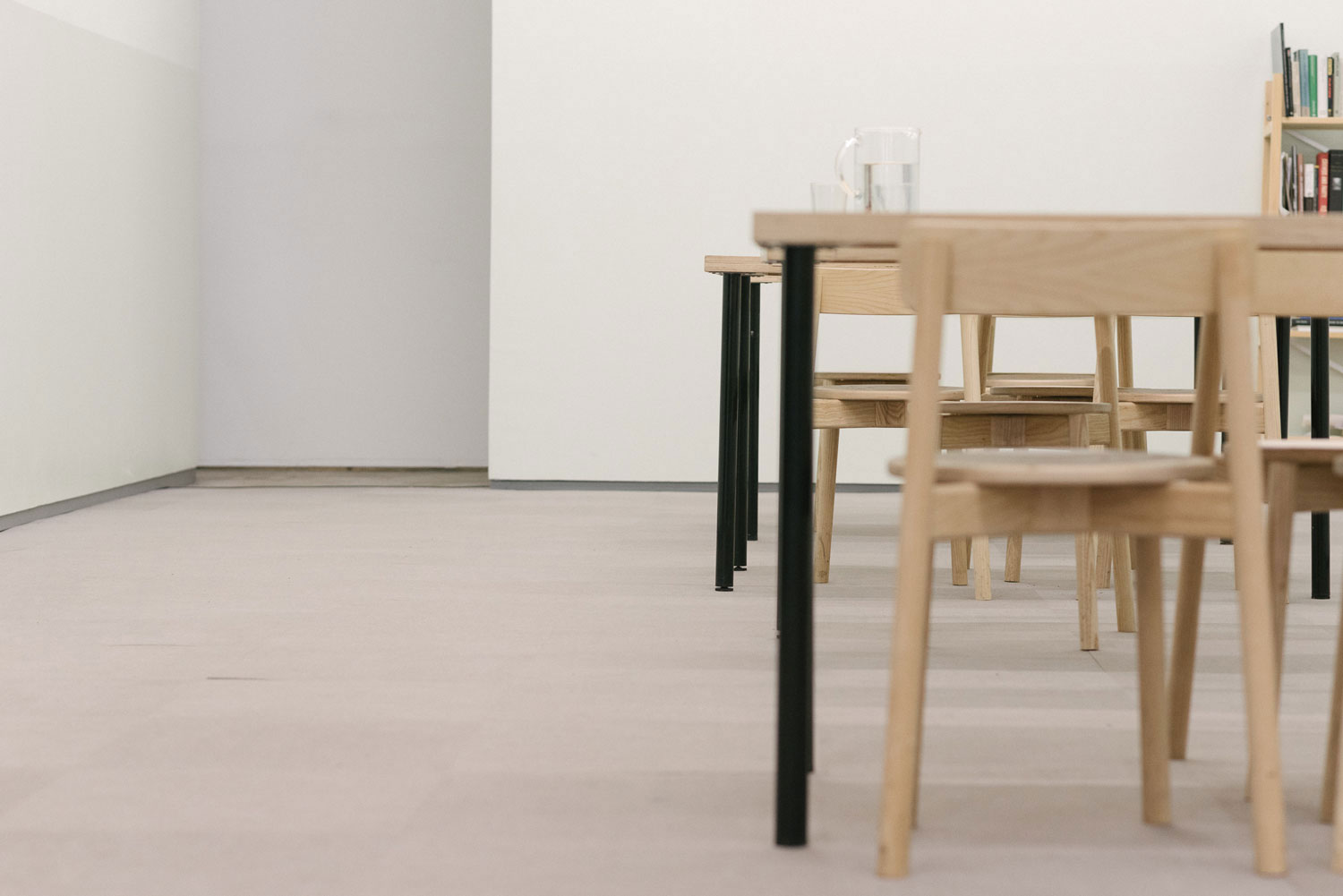The parallel views at Main and Georgia produce a spatial juncture. Outside the 221A gallery, your vision can tunnel west at the expanse of sky-crowning West End skyscrapers, or tunnel east into the compressed plane of Strathcona.
Chinatown is itself a critical juncture. Early in November, the Beedie Development Group’s fifth proposal for the 105 Keefer site came to a climactic voting down. Credit lies in the mobilization of Chinatown activists, who inundated the proposal hearings. 221A and its Pollyanna Library played a part. Besides its day-to-day accessibility for the community, 221A served as a space for organizers.
The reason I visit 221A is to chat with Vincent Tao and Yu Su about the Fall fellowship program N.O.P.E. (Notes on Permanent Education): specifically, Yu’s project, Pollyanna Sound Archive Prototype 01. Primarily known for her dub applique music, Yu’s project is an effort towards building a speculative sound archive at the Pollyanna: one representing a swerve away from traditional field recording, towards a methodology of collaborative representation. What will eventually become the Pollyanna’s collection was sourced from two N.O.P.E. recording sessions: one at Stanley Park, and another at Aberdeen Mall.
This swerve, with researchers sourced from community volunteers (disclosure: I was a volunteer for the second session), can tell us a lot about the Pollyanna. What is permanent education? And what does 221A’s focus on “infrastructure” have to do with the mutable space of a gallery in a neighbourhood at a critical juncture?
This is by no means a comprehensive overview of our conversation. Rather, this PLOT transmission is a heavily condensed collection of the threads Vincent and Yu brought to the fore.
On 221A
Vincent Tao: I’m the librarian at Pollyanna. I do some of the programming here, along with 221A’s Head of Strategy Jesse McKee. I’m primarily a librarian, but not really. I don’t have a degree in librarianship.
Yu Su: My name is Yu Su and I’m one of the fellows at N.O.P.E..
VT: As a long preamble, 221A has been around since 2005 as an experiment in student self-organization that began at Emily Carr University of Art + Design. Eventually they moved to Chinatown, starting 221A. At the heart of our interests is in this partitioning of art and design: how artists, art and education are used to recreate hierarchies and types of labour. Maybe this is me doing a revisionist history.
The Pollyanna Library at 221A began two years ago. There’s a lot to say about the library as having a different kind of temporality. It’s about how art is used in the gallery: the treadmill, the exhibition, and when the exhibition is done, the art goes in the garbage. So, if what it takes to transform society is more permanent structures, and longer forms of engagement, we were thinking that the library is the home for those longer temporalities of production and social reproduction.
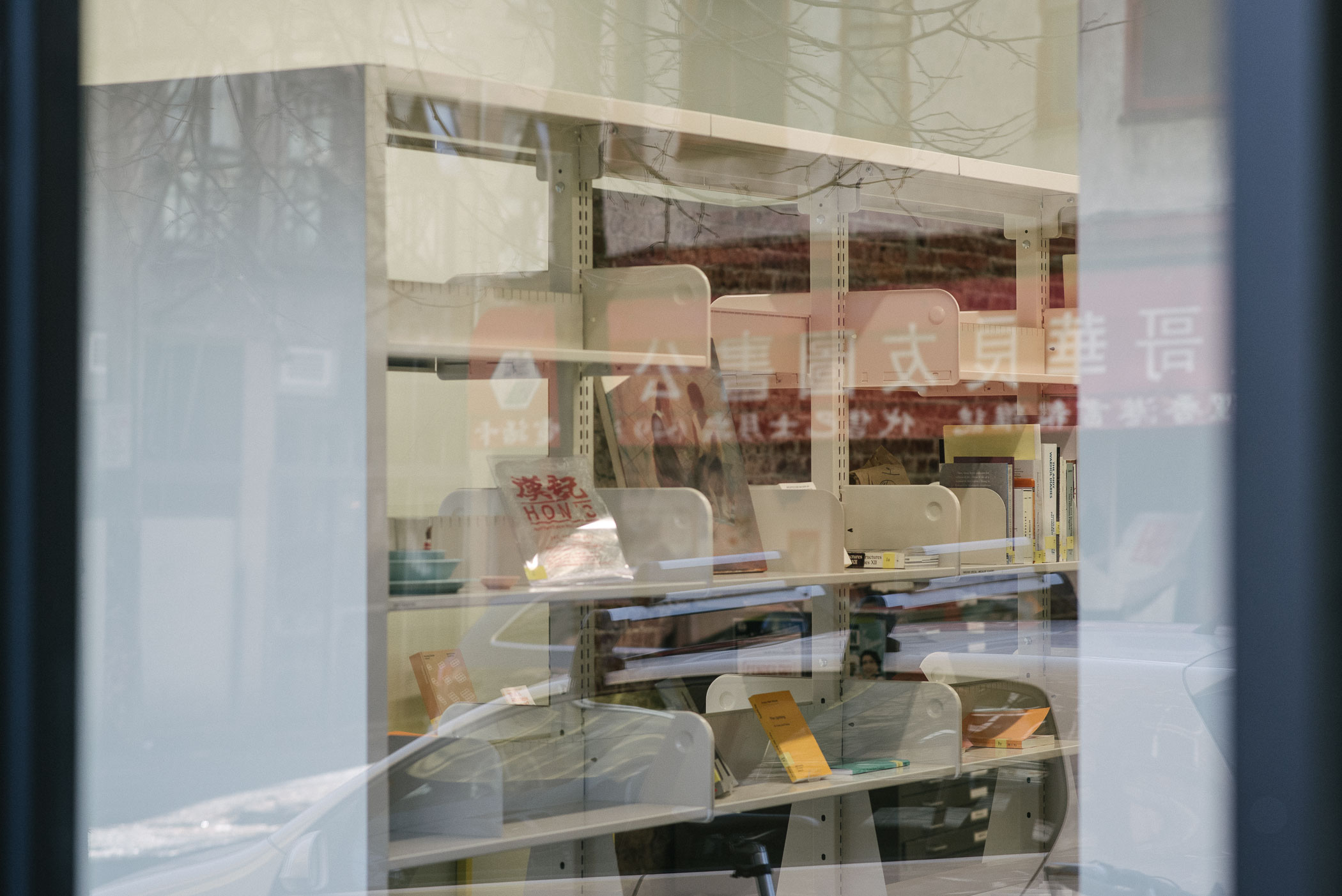
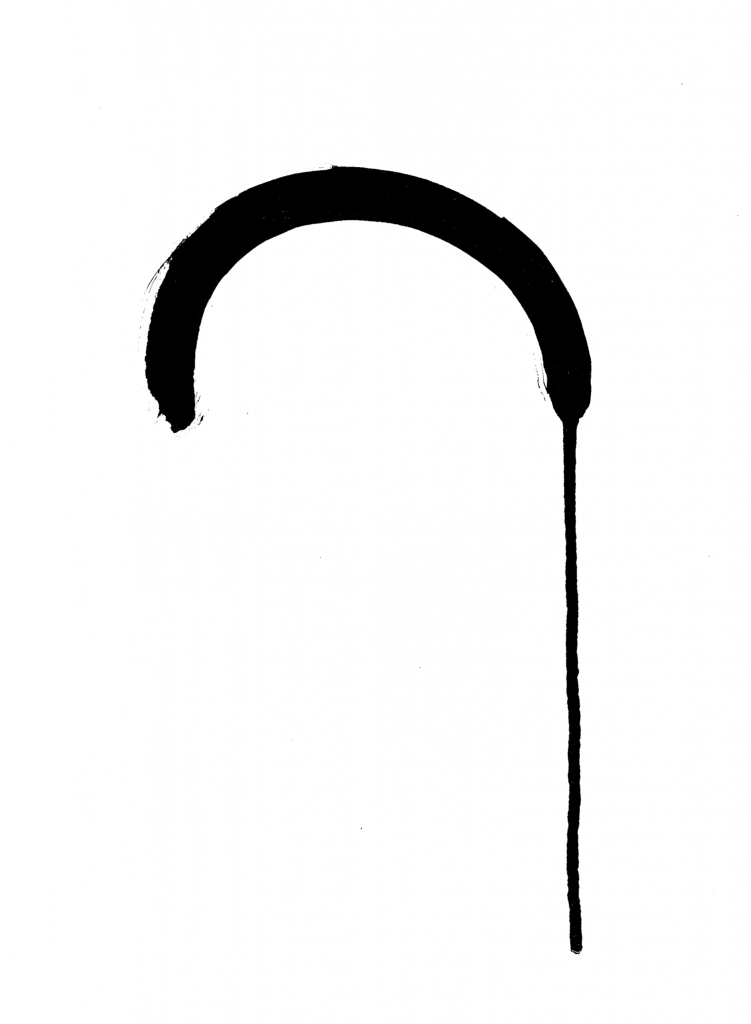
If we’re able to work with people who aren’t within our small sphere of non-profit arts, that’s the slow work of trying to transform society in some way. From really intentional things like lending our space to Chinatown Action Group as an organizing space, or welcoming in patrons or guests, working with Chinese seniors, trying to understand how we change social dynamics in the library space. These things are invisible; or we try to obscure because a lot of capitalism is about “transparency” by way of funding or investment: big spectacles. If we can create these more opaque spaces for convening, that’s far more worthwhile in the city of glass.
On Pollyanna Sound Archive Prototype 01
YS: With the sound archive and field recording sessions, it’s interesting to see how people of different backgrounds treat sound objects and practice listening. I’m restricted in some ways. When I think about recording, I focus on musical purpose. But for people who are not trapped in that world, there’s more possibility. Many interesting sounds are ones that I would never think about. Especially from the second field recording, Aberdeen, at Daiso. There was so much interesting one-shot material: a piece of paper, some fabric.
The whole idea of starting this sound archive is to think about how we can do archival practice that’s not institutional in the traditional way. Because usually an archive is very objective. It’s about recording a period of time and space. It’s historical. It’s objective in a way that represents the institution’s perspective.
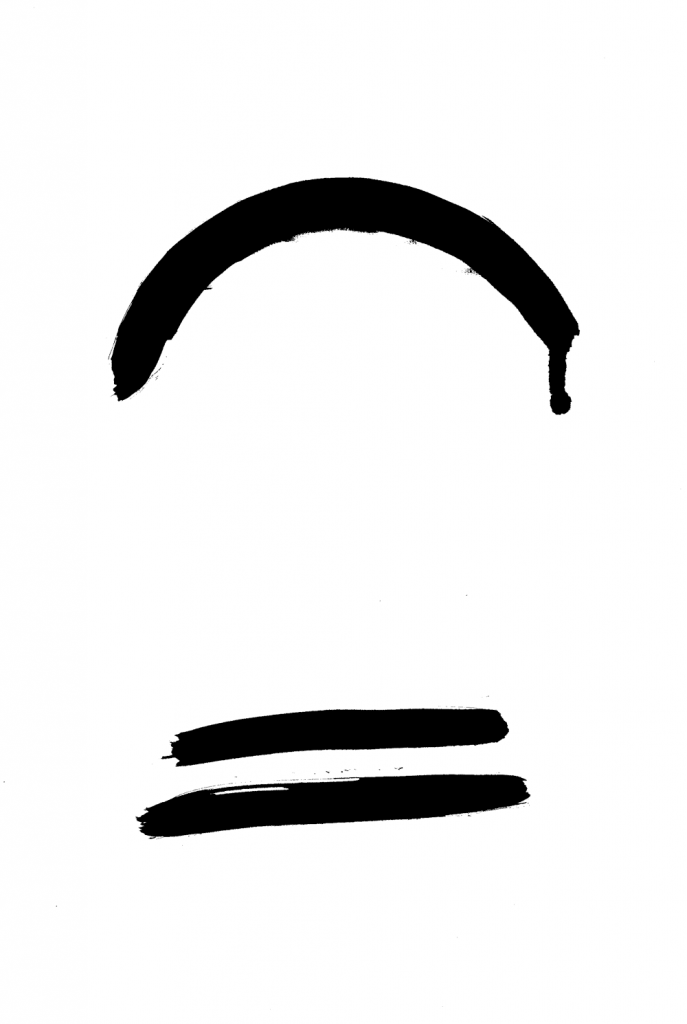
I usually feel uncomfortable when people talk about field recording in the context of sound art. I like it more when people explore. The idea is to figure out how to represent a personal experience of listening. The personal can range from the individual to the the recorder. Even listening to an archival recording is interpreting it.
Sound art often focuses too much on one sense. When you hear you’re not just hearing. I don’t think it’s possible in any circumstance to only listen. There’s also more beyond your five senses. You’re feeling the air, your body, the heat, you’re interacting within your environment. Pure listening isn’t really what this project is about. It’s about personal experience on a larger scale.
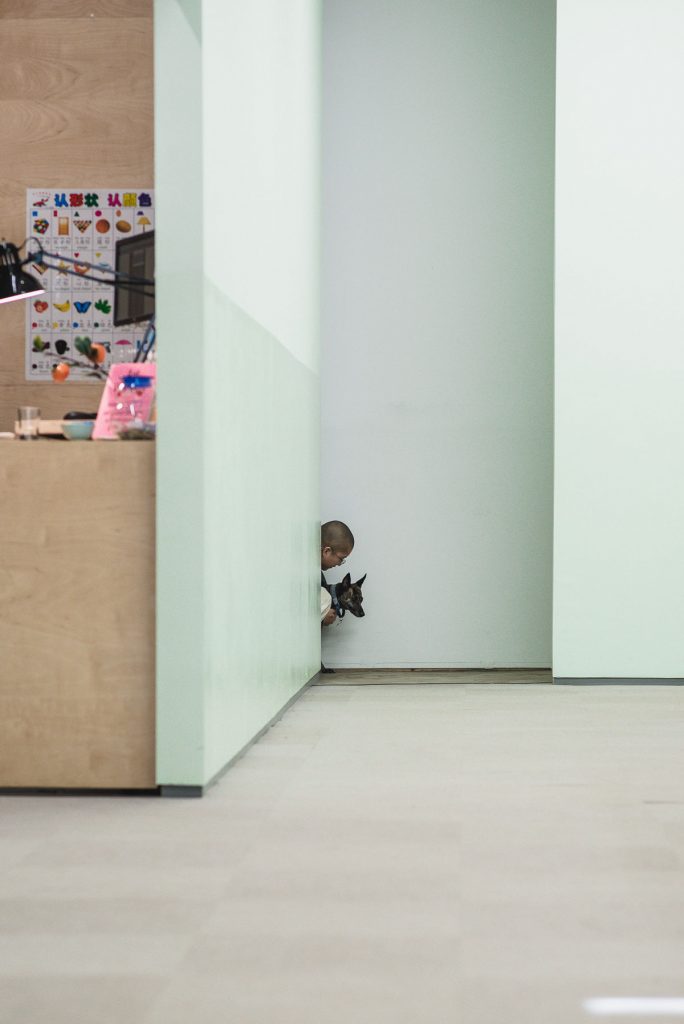
VT: You have the kind of reactionary sound art practice where you create pure listening spaces where it’s “just the sound.” I was reading about surrealist techniques, like with the Bureau of Surrealist Research. They were interested in isolating everyday life as a well of strange material. It requires the framing of research to be able to see or hear those things. Getting those research participants to participate in these field sessions, talking about how we build these libraries together, is to be able to isolate and understand these barely noticeable aspects of everyday life. Yu Su is talking about is a project where we want people to understand themselves as researchers in life. Not just art spectators but people who are deeply embedded in our society; and to think through the way that they record their sounds and understand their subjective relationship to the world. With the next phase of the project, Yu Su will be mixing the sounds that our volunteers and researchers collected from Stanley Park and Aberdeen Mall, and connecting them into a suite.
YS: I’m interested in creating a delusional soundscape: indoor and outdoors combined. When you listen to a field recording, usually the purpose is triggering a specific response. This would be a bizarre space that doesn’t really exist. We want people to write down how they feel about this soundscape.
The text of the recordings is not focusing on time and space. It’s focusing on people’s reaction to it.
X
This interview has been edited for clarity.


